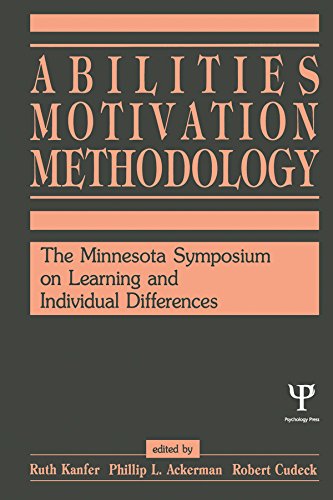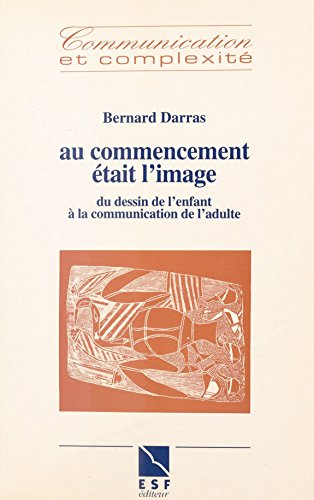
By Patrik N. Juslin,John Sloboda
The instruction manual of song and Emotion bargains an 'up-to-date' account of this bright area. It presents accomplished insurance of the numerous techniques that could be stated to outline the sphere of tune and emotion, in all its breadth and depth.
The first part bargains multi-disciplinary views on musical feelings from philosophy, musicology, psychology, neurobiology, anthropology, and sociology. the second one part good points methodologically-oriented chapters at the dimension of feelings through varied channels (e.g., self record, psychophysiology, neuroimaging). Sections 3 and 4 tackle how emotion enters into varied features of musical habit, either the making of track and its intake. part 5 covers
developmental, character, and social elements. part six describes crucial purposes related to the connection among song and emotion. In a last observation, the editors touch upon the historical past of the sector, summarize the present situation, in addition to suggest destiny instructions for
the field.
The simply e-book of its sort, The instruction manual of track and Emotion will fascinate song psychologists, musicologists, tune educators, philosophers, and others with an curiosity in tune and emotion (e.g., in advertising, well-being, engineering, movie, and the sport industry). it will likely be a useful source for verified researchers within the box, a developmental relief for early-career researchers and postgraduate examine scholars, and a compendium to aid scholars at numerous degrees. additionally, as with
its predecessor, it is going to additionally allure curiosity from practicing musicians and lay readers eager about track and emotion.
Read Online or Download Handbook of Music and Emotion: Theory, Research, Applications PDF
Similar behavioural sciences books
Dedicated solely to potential reminiscence, this quantity organizes the learn and strategies of the $64000 members to the sphere in a single finished source. The bankruptcy authors not just specialize in their very own paintings, but in addition overview different study components and tackle these the place the equipment and theories from the retrospective reminiscence literature are helpful and the place they fall brief.
Diversified advancements in skill and motivation examine, and within the derivations of latest methodological ideas have usually run on parallel classes. The editors of this quantity felt that communique throughout domain names will be significantly better via in depth interplay among researchers. This interplay was once discovered within the Minnesota Symposium on studying and person ameliorations, which without delay addressed skill, motivation and method matters.
Read e-book online Les Enfants caractériels: L'injure et la violence (Paideia) PDF
Cet ouvrage est une réédition numérique d’un livre paru au XXe siècle, désormais indisponible dans son layout d’origine.
Au commencement était l'image : du dessin de l'enfant à la - download pdf or read online
D'où viennent les photos initiales? remark fonctionnent-elles et à quoi servent-elles? L'auteur tente de répondre à ces questions en commentant les récents travaux européens et nord-américains et en exposant ses observations à propos de los angeles France, du Maroc, du Canada, du Japon et de los angeles Chine. Destiné à tous ceux qui s'intéressent aux photographs enfantines primitives et populaires.
- Güterbeförderung. Potentiale des Begegnungsverkehrs mit Wechselaufbauten (German Edition)
- Cognitive Therapy for Chronic Pain: A Step-by-Step Guide
- The Psychology of Intelligence: Volume 92 (Routledge Classics)
- Dreams of Awakening: Lucid Dreaming and Mindfulness of Dream and Sleep
- The Creativity Conundrum: A Propulsion Model of Kinds of Creative Contributions (Essays in Cognitive Psychology)
- The Yoga-CBT Workbook for Anxiety: Total Relief for Mind and Body (A New Harbinger Self-Help Workbook)
Extra resources for Handbook of Music and Emotion: Theory, Research, Applications
Example text
Handbook of Music and Emotion: Theory, Research, Applications by Patrik N. Juslin,John Sloboda
by William
4.2



